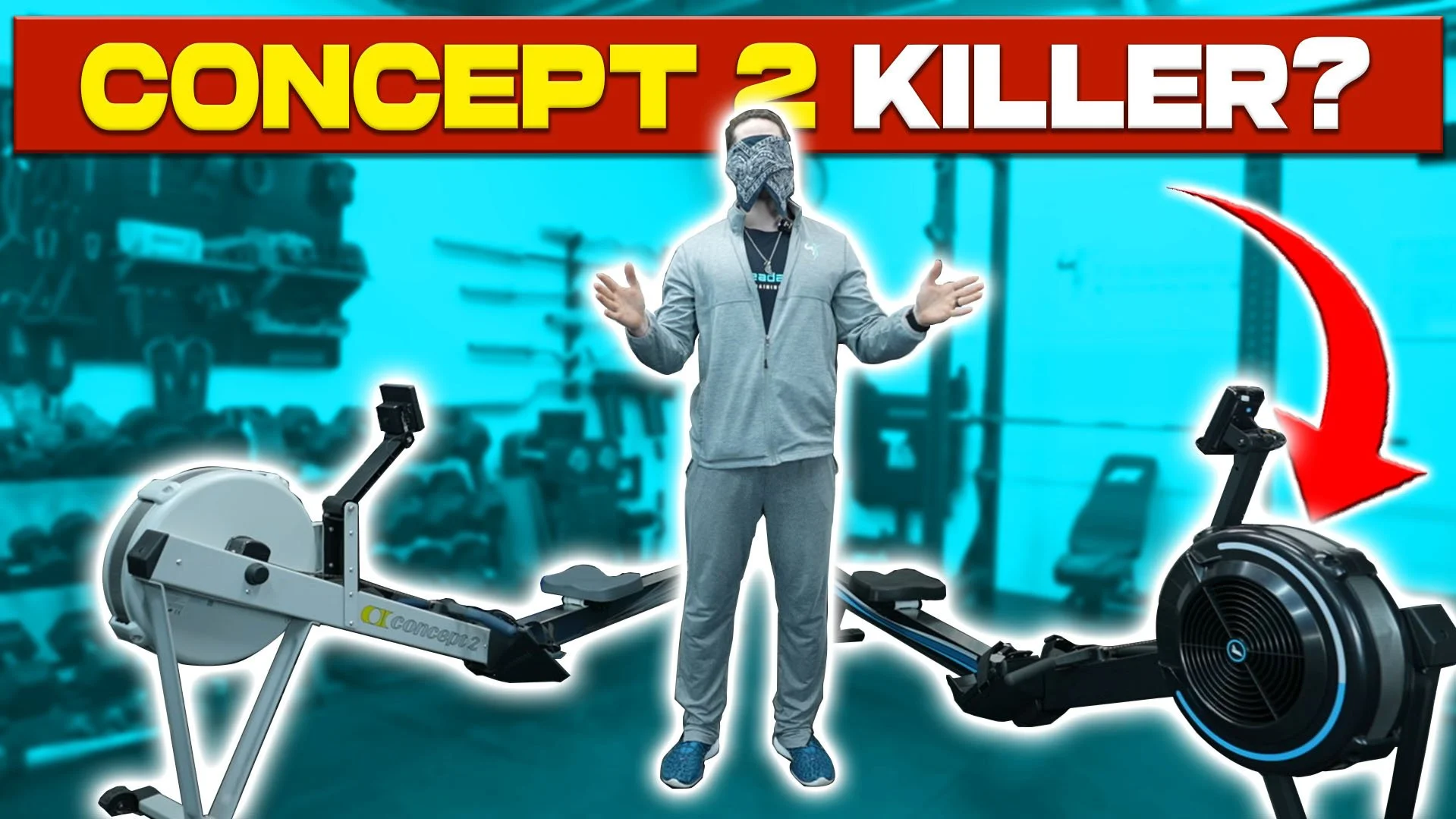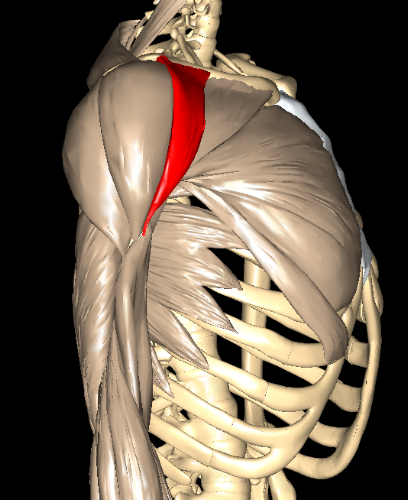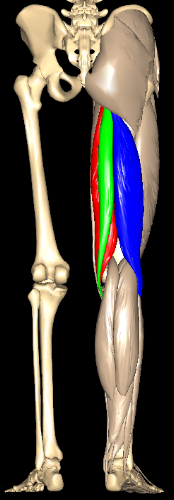Word Count: 2,013
Average Read Time: 7.5 minutes
Exercise selection is the third level of the optimal workout pyramid. Before we go any further, I will also remind you (again), if we break a level of the pyramid, every level above it comes crumbling down.
If you want to read parts I, II, and III click these links:
You’ve probably seen posts on the internet with headings along the lines of "Build the Perfect Butt With This One Exercise!” or “Do This Exercise to Blast Your Biceps!” Over the next few minutes, I’m going to completely change the way you think about selecting exercises forever. I’ll start by saying there are no specific exercises that are mandatory to build a specific muscle group. (Click to tweet this.)
Movement Patterns
There are no magic exercises. Instead of thinking about building a given muscle group in terms of specific exercises, start thinking about it in terms of movements. If you understand which movement patterns build which muscle groups, it removes the guessing and constantly wondering if you’re doing the “best” exercises.
Once you understand the basic guidelines, selecting the specific exercises you want to include in your workout simply becomes a matter of personal preference, because you already know you’re including what you need to include in order to get the results you want. I’m going to list each of the six main movement patterns, the muscle groups they target, and some examples of exercises from each category.
As a final note, I will be focusing on superficial muscles, which are the muscles we can see. In order to avoid unnecessary confusion and to be respectful of your time, we won’t be discussing any muscles that are mostly, or entirely covered by another muscle.
Horizontal Push
Pushing horizontally works the pectoralis muscles (chest), triceps brachii (back of the arm), and anterior deltoid (front of the shoulder).
Pectoralis Major
Triceps Brachii
Anterior Deltoid
Examples of horizontal push exercises include:
Barbell Bench Press
Dumbbell Bench Press
Machine Chest Press
Cable Chest Press
Incline Bench Press
Incline Dumbbell Bench Press
Push Ups
Weighted Push-Ups
I want to make a couple of quick notes before moving on to the next section. You may be wondering why the bench presses and push-ups are horizontal pushes if you’re pushing up towards the ceiling. Yes, it is true that you’re technically pushing vertically; however, you’re still pushing perpendicular to your body in each of these exercises.
If you’re a stickler for technicalities, you may be objecting to the fact that I classified incline presses as “horizontal”. Incline presses would technically be a diagonal push, but they serve mostly the same purpose as true horizontal pushes. That’s why I lumped them into the same category.
Vertical Push
Pushing vertically primarily works the clavicular head of your pectoralis major (top of the chest), the anterior deltoid (front of the shoulder), and triceps brachii (back of the arm). The lateral deltoid (side of the shoulder) and posterior deltoid (back of the shoulder) are also worked, but to a lessor degree.
Clavicular head of the Pectoralis Major
Triceps Brachii
Anterior Deltoid
Lateral Deltoid
Posterior Deltoid
Examples of vertical push exercises include:
Dumbbell Overhead Press (seated or standing)
Barbell Overhead Press (seated or standing)
Machine Overhead Press
Handstand Push-Ups
Horizontal Pull
Pulling Horizontally works the trapezius (middle of your back running vertically), latissimus dorsi (runs diagonally from the middle of your low back to your armpits), posterior deltoids (back of the shoulder), teres major (behind the armpit), biceps brachii (front of the arm), and various muscles of the forearm.
Trapezius
Latissimus Dorsi
Posterior Deltoid
Teres Major
Biceps Brachii
Examples of horizontal pull exercises include:
Barbell Row
Dumbbell Row (single arm or two arm)
Cable Row
Seal Row (Lay face down on a bench and pull a barbell from the ground and touch the bottom of the bench)
Leverage Row (seated or standing)
Vertical Pull
Pulling vertically works the trapezius (middle of your back running vertically), latissimus dorsi (runs diagonally from the middle of your low back to your armpits), posterior deltoids (back of the shoulder), teres major (behind the armpit), biceps brachii (front of the arm), and various muscles of the forearm.
Examples of vertical pull exercises include:
Chin-Ups
Pull-Ups
Lat Pull-Downs
Rope Climb
One thing you may have noticed is that I listed the exact same muscles for both horizontal and vertical pull. The difference is the muscle groups that are emphasized. Horizontal pulling puts more stress on the traps and rear delts, while vertical pulling puts more stress on the lats.
Hip Hinge
Hip hinging targets the gluteal muscles (butt), hamstrings (back of the upper leg), and the erector spinae, spinalis, and longissimus (runs vertically from your low back to your mid and upper back). One exception to this is the hip thrust which works mostly the glutes.
Gluteus Maximus, Medius, and Minimus
Hamstrings
Spinal Erectors
Examples of hip hinge exercises include:
Hip Thrust
Romanian Deadlift/Stiff Legged Deadlift
Conventional Deadlift
Sumo Deadlift
Good Morning
Cable pull-through
Squat
Squatting primarily targets the quadriceps (front of the upper leg), the gluteus muscles (butt). Squatting also works the Calves (back of the lower leg), hamstrings (back of the upper leg), and spinal erectors, but to a much lessor degree.
Quadriceps
Gluteus Maximus, Medius, and Minimus
Hamstrings
Calves
Spinal Erectors
Examples of squat exercises include:
Barbell Back Squat
Barbell Front Squat
Hack Squat
Goblet Squat
Leg Press
Lunge
Many people get confused as to which exercises are considered hip hinge movements and which are squat movements. The rule of thumb for distinguishing between the two is how much knee movement is involved. If there is a significant amount of movement at the knee, it is a squat.
With squat movements, you will bend your knees to at least 90 degrees. With hip hinge movements, you will only bend your knees as much as is necessary to complete the exercise, which is typically very little.
Isolation Exercises
Isolation exercises, as the name suggests, are exercises that isolate a single muscle group. The most common isolation movements are as follows:
Chest: Chest Fly (Act as if you’re wrapping your arms around a tree.)
Biceps: Bicep Curls (bringing the hand toward the shoulder)
Triceps: Tricep Extensions (extending the elbow)
Quads: Leg Extensions (extending the knee)
Hamstrings: Hamstring Curls (bringing the foot toward the butt)
Calves: Calf Raises (coming up onto the toes)
Lateral Delts: Lateral Raises (bringing the arms up and out from the sides)
Rear Delts: Rear Delt Fly (bringing the arms out and back while leaning forward)
Compound Vs Isolation
Now that we’ve covered both compound and isolation exercises, how many of each should you include in your workout program? If you’re a beginner, you could make progress with no isolation exercises.
If you choose a couple of exercises from each of the six movement patterns we discussed earlier, you’ll have all muscle groups covered sufficiently. The one exception to this is calves. None of those movement patterns sufficiently target calves so you will want to add calf raises into your program.
You may ask, “Why can’t I perform only isolation exercises?” The simple answer is efficiency. Compound exercises train multiple muscle groups in one exercise. Let’s look at a stiff legged deadlift for example.
The stiff legged deadlift trains the hamstrings, glutes, and spinal erectors. If you wanted to work each of those three muscles in isolation, you would have to perform a hamstring curl, glute press, and back hyperextension. That’s three times as many sets, three times as many rest breaks, and three times as long setting up for new exercises.
As you become more advanced, more total work will be needed to continue making progress. You may also start to notice that some of your muscles grow more slowly than others. At this point, you would be well served adding in 1 - 3 isolation exercises per muscle group to continue growing those muscles.
Exercise Order
You will be able to lift more weight and for more reps for a given exercise if you place it at the beginning of a workout versus the end of a workout. [1] [2] This means you should place your compound exercises at the beginning of your workout because they are the most complex and stimulate growth in multiple muscle groups. They also have a higher injury risk and in order to minimize that risk, they should be done at the beginning, when you are freshest.
Variety
For decades, the concept of “muscle confusion” has been touted as an important factor in muscle growth. For this reason, some people will go as far as to swap out exercises every workout. In reality, swapping out exercises too often is actually detrimental to progress. (Click to tweet this.)
One study had participants performing the bench press, leg press, and bicep curls for 20 weeks. Baseline measurements were taken for muscle size and strength and reassessed at week 10 and week 20. While growth and strength gains were found in the trunk and legs at week 20, only the bicep showed significant growth and strength gains at the 10 week mark.
The researchers concluded that because the bicep curl is a more simple movement, it was mastered more quickly, producing faster results. Initial strength gains in new exercises are primarily due to neuromuscular adaptations, especially in complex exercises. [3] In other words, we want to master the exercises we include in our programs. Swapping out exercises so often that we’re unable to do so can impede muscle growth. [4]
I will note, some variety can be important for ensuring uniform growth between muscles. [5] Since no variety is bad and too much variety is bad, a middle of the road approach to exercise variety may be best. [4]
Include a core group of compound exercises that stay in your program for a minimum of 12 weeks at a time. You can swap out isolation movements much more frequently; however, I personally would keep each isolation exercise a minimum of two weeks. I only swap out isolation exercises for my clients every four weeks, just to be safe.
Mind-Muscle Connection
Another concept, the “mind-muscle connection” has also been touted as an important factor for muscle growth. This one may have some promise though. Dr. Brad Schoenfeld conducted a study that compared lifting weights with an internal focus (focusing on the muscle contraction) versus an external focus (focusing on the weight being lifted). Muscle growth was measured in the quads and in the biceps.
The group that lifted weights with an internal focus produced more muscle growth than the group that lifted weights with an external focus in the biceps. No difference was found in the quads. The authors hypothesized that the difference in results could be because some of the participants found it harder to focus on the quads contracting in comparison to the biceps. [6]
A possible takeaway from this could be to focus on the mind-muscle connection when isolating small muscle groups such as the biceps and triceps and to focus on completing the movement when performing more complex exercises.
Exercise Selection Recommendation
Choose 1 - 2 compound exercises from each of the six movement patterns.
Choose 1 - 3 isolation exercises per muscle group.
Rotate compound exercises out after a minimum of 12 weeks.
Rotate isolation exercises out after a minimum of 2 weeks.
It may be beneficial to focus on the mind-muscle connection during simple exercises that train small muscle groups.
Thank you so much for reading! If you found this information helpful and want to help the Treadaway Training blog grow, simply share this post with a friend. If you like what I have to say, sign up below to become a Treadaway Training insider and get notified for each post and video. I will be back here Thursday with another fat loss topic. As always, God bless you AND your family and I'll see you Thursday.




























